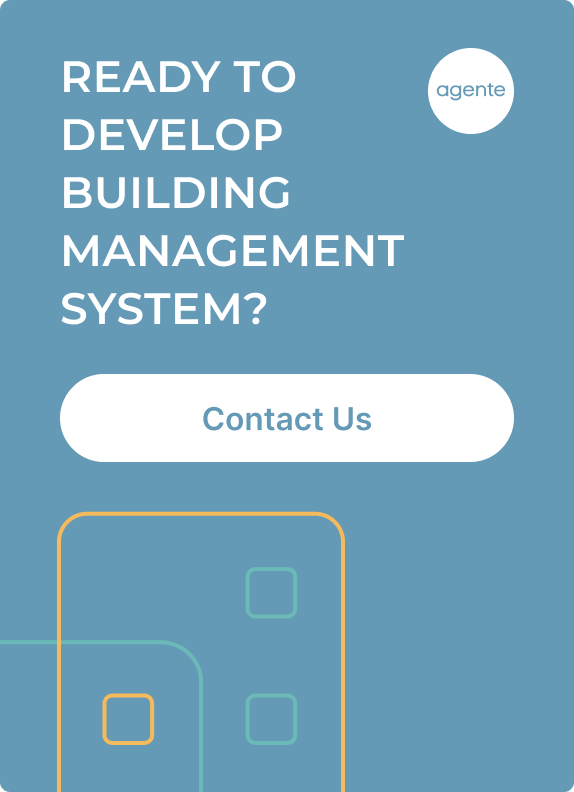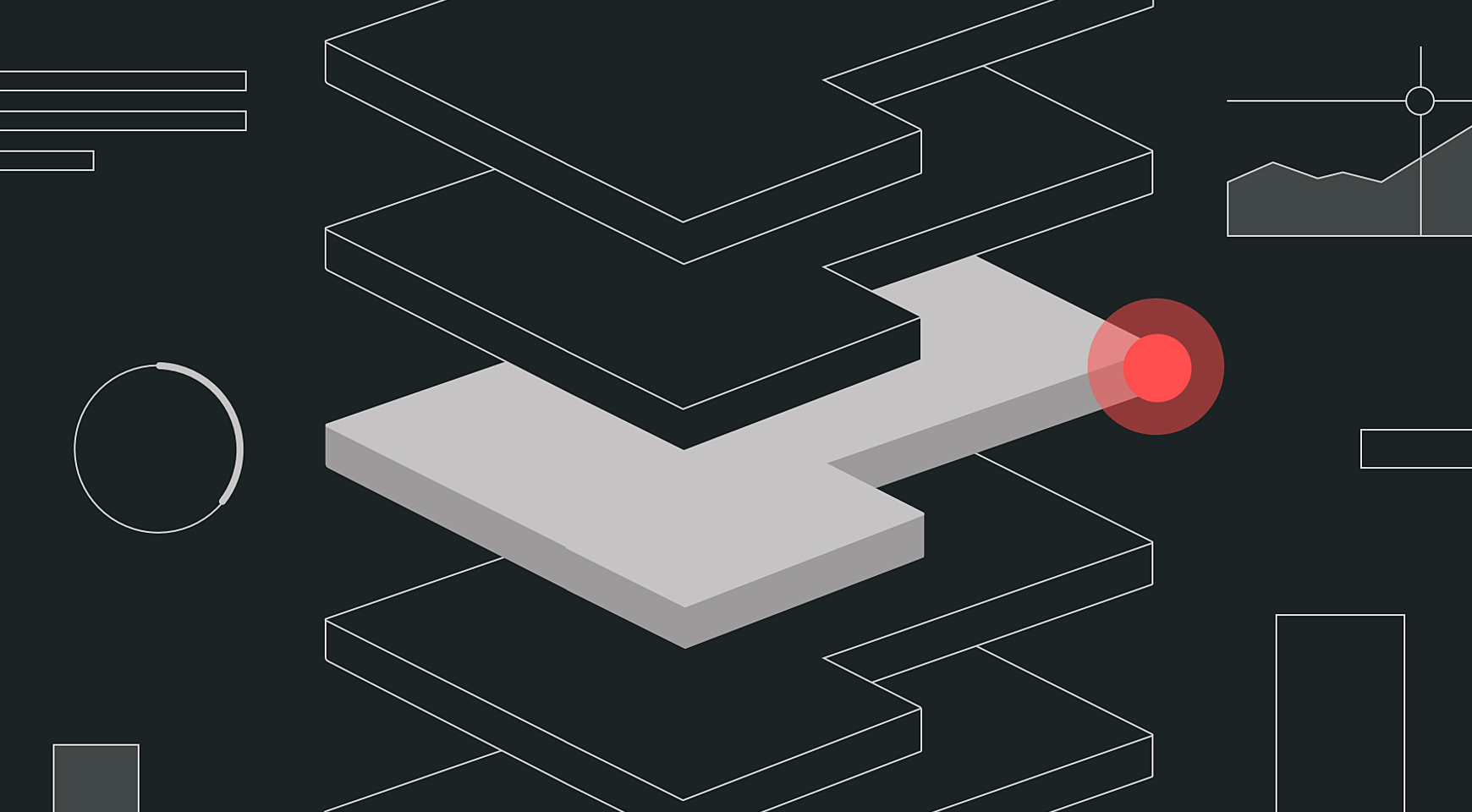
The IoT and machine learning have fostered a transformative technology called the digital twin. First used in the manufacturing sector, now it is widely adopted in real estate as it helps to building owners and managers to maintain buildings.
It’s not a mere assertion. According to Mordor Intelligence report, the digital twin market will witness a CAGR of 35.0% over the forecast period 2019 - 2024. Why is it one of the major trends in proptech software development to keep an eye on and what are its benefits? Read on to find out.
What is a digital twin
A digital twin is a digital replica of almost anything: places, people, processes, devices and, of course, physical assets. Let's take real estate as an example since it is the focus of our article. In this case, a digital twin contains a whole spectrum of data concerning the building itself.
- Floor plans;
- Real-time sensor data from the building management system;
- Data from HVAC (heating, ventilation, and air-conditioning) system;
- Security system;
- Environmental sensors of lighting and fire;
- The data about the assets and the people in the building (tenants, staff, and visitors).
Source: Microsoft Azure
The purpose of a digital twin is to understand the building, predict and prevent potential performance and maintenance issues, and find new ways of generating more revenue from it.
These are the basic features that a digital twin’s real-time analytics of the building exterior and interior gives real estate owners and operators:
24/7 overview of floor plans
Source: Cityzenith
Real-time performance data of any equipment piece
Source: Lucid
Digitized documentation
Source: Dribbble
Maintenance schedule
Source: Agente
Issues history
Source: Inside Design
Why real estate needs this technology
The desire for a digital replica of a building and its assets emerged from rather critical cases. During the design and construction stages, lots of valuable information is produced: documentation, drawings, notes.
Of course, all this information is filed. If a problem with the building occurs, a building manager spends plenty of time trying to find the right document for a particular area and then correlating the infrastructure with the problem in question. And let’s not forget, the building occupants have to wait and suffer from the problem all this time. What if there are several problems in multiple areas simultaneously (which is usually the case)?
A digital twin is the ultimate real-time database of the building ecosystem. Within hours, the building operators identify the area that needs reconfiguration and find the most cost-effective ways to do it.
Source: CBDD
A digital twin in real estate consists of a 3D Building Information Model (BIM), Internet of Things (IoT), and data analytics. This allows getting a virtual representation of the physical building and all the information about the assets and spaces inside this building in real-time. We can divide the operational cycle into 3 stages: collection, simulation, and optimization.
Collection
First of all, a digital twin connects to the physical object and collects data. The data collected for digital real estate twins can come from a variety of sources:
- Embedded sensors that transmit operational data from equipment (e.g., an HVAC unit) to operators who monitor the system and control it remotely.
- Wireless sensor networks are also installed in buildings to collect data on temperature, humidity, lighting, and other factors. These sensors are easy to relocate if the space changes.
- Digitized building systems like smart pneumatic thermostats, plugs, and elevator controls.
- Other cloud services, for example, weather data from a third-party cloud vendor.
Source: Predica
Simulation
Based on the data collected from the physical twin, simulations (virtual representations) are created. The simulation is a model of a building in 3D, where you can see the facade and the interior. The interior includes whole floors and particular areas, equipment and its activity, as well as HVAC system metrics.
These simulations can be of two types: present-based and future-based.
Present-based simulations are the data changes that happen according to the way this physical object reacts to the changes in the real world.
Future-based simulations use the data that has been fed from the physical twin to predict how the physical twin will perform in future months and years.
Optimization
Finally, based on the simulation results, building operators can apply changes to the real asset. They already know how the building will perform if any element is added or removed. They also eliminate factors causing deterioration and change energy-intense systems for more sustainable variants. The insights that you get from the digital twin software can be useful for your employee training management software to teach employees to work with analytics.
Digital twin benefits for the real estate
Digital twin is the next stage of real estate innovation because of the benefits it brings, both immediate and long-term. It brings savings on maintenance costs, makes the building more sustainable, and raise the living standards of tenants.
- Speed up decision-making. Digital twin is a cloud solution allowing building owners and operators to access the virtual twin any time and make use of the statistics and predictive analytics.
- Reduce maintenance costs. Digital twins ease labor costs related to facility management. For example, there’s a problem with the gutter system in a building. The technology will help the specialist to identify the fault location via tablet or smartphone and understand exactly what the problem is.
- Create an ecosystem of buildings. It’s possible to deploy a single application across a range of properties. Digital twins will forecast the impact of buildings on one another.
- Increase user satisfaction by timely troubleshooting and improved customer service for tenants.
- Make the development process efficient. Digital twins allow continuous comparison between the design and the work in progress. This helps to get the physical object as close to the initial idea as possible.
- Foster sustainability by controlling CO2 emissions, sound pollution, and separate waste collection.
On a final note
A digital twin for real estate is a hub that integrates all the information from the building or set of buildings and gives a real-time picture.
We have no doubt that it will soon become a necessity for those wishing to manage real estate effectively. The technology reshapes our approach to energy optimization, wellbeing, and space optimization. That’s why it has become the most comprehensive answer to our concerns about rising energy consumption, maintenance costs, and health deterioration.
Want to design and build a digital twin for your building or for the portfolio of buildings? Contact us and we'll tell you where to start.
Rate this post!
993 ratings, average ratings is 4.3 out of 5
Related Posts
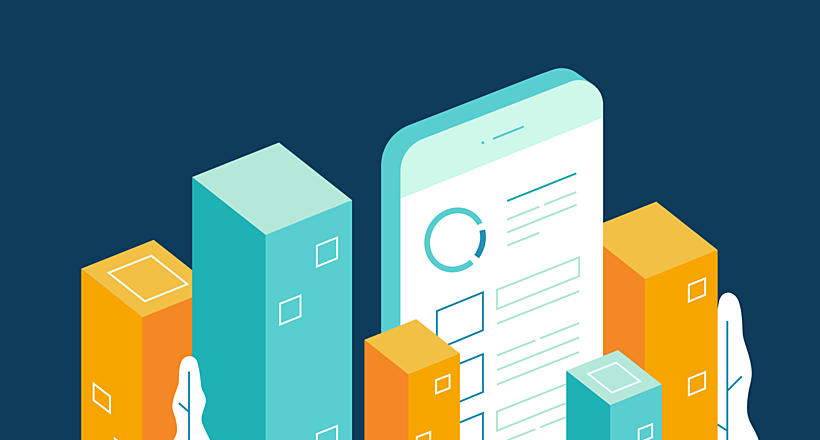
14 November 2021
10 Smart Building Trends For 2022
Smart building market continues to grow exponentially. We’ve collected 10 industry trends for the year 2022.
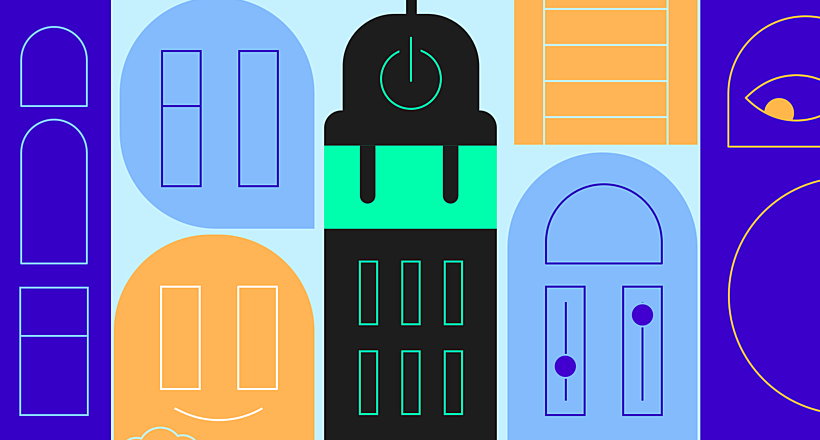
28 January 2020
What is Proptech and Why Invest in It?
What is proptech and why is it changing real estate investment? In this article, we give proptech definition and explain what perspectives it gives to the real estate market.

17 August 2017
10 Best Real Estate Website Designs
What makes a good real estate website design? Some companies limit themselves to the description of the services they provide contact info to have their information indexed and shown to their potential customers. However, among the plenty of agents and brokers, you’ll never stand out or get ahead without beautifully designed and user-friendly website.
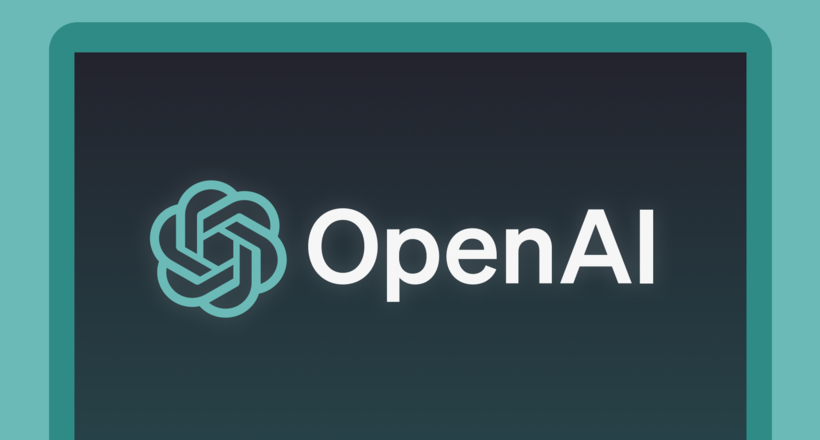
16 January 2024
ChatGPT Plugin Development: Features and Benefits for Business
Explore the process of crafting a ChatGPT plugin tailored precisely to meet your unique business requirements.
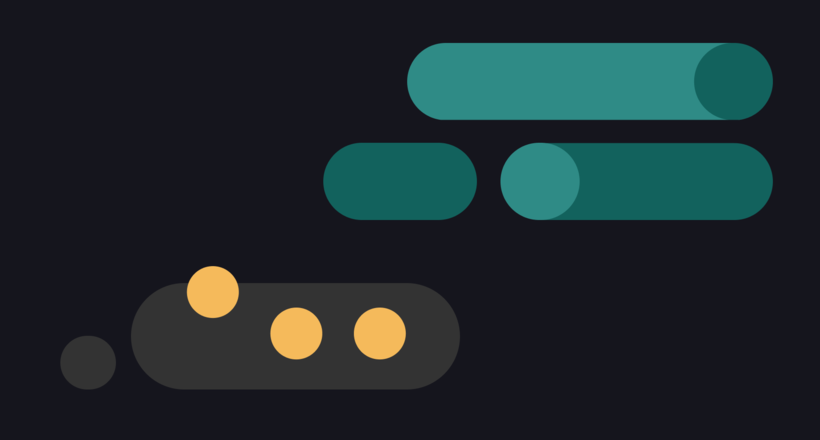
09 May 2024
Top 7 Open-Source LLMs for 2024
Here, we break down everything you need to know about open source LLM models: top 7 offerings on the market, their pros, cons, and capabilities.

19 January 2024
AI Model Fine-Tuning: How to Use Your Organization's Data?
Organizations are transitioning from generic solutions to hyper-customized intelligence, seeking AI models designed to address their unique challenges and propel them toward strategic objectives.
This demand has propelled fine-tuning to the forefront of AI development.
Let's talk
Is there a challenge your organization or company needs help solving? We’d love to discuss it.

Managing Director, Partner
Andrew Terehin

Thank You!
Your message has been successfully sent.
We will contact you very soon.















